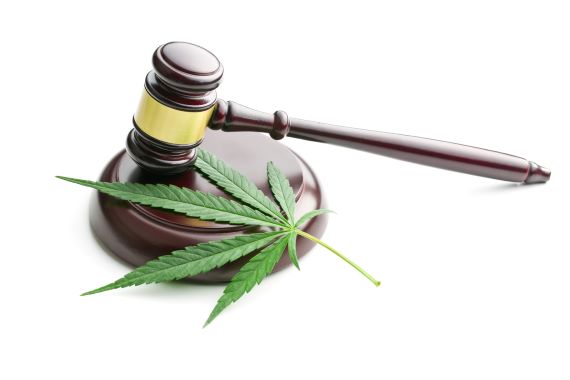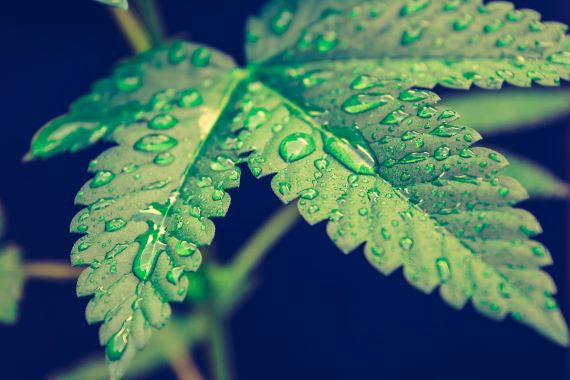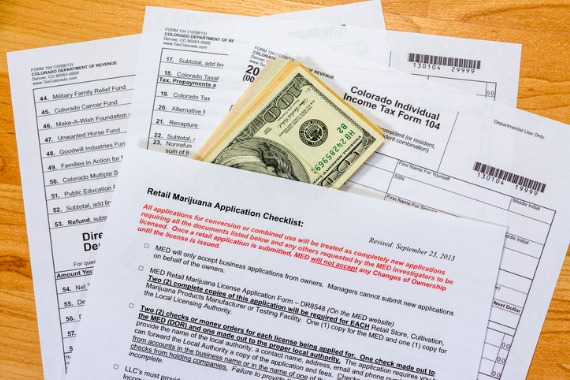The History of Cannabis Legalization
Support for unilateral cannabis legalization has reached an all-time high. With recent laws in Virginia and Connecticut fully legalizing both medical and recreational cannabis use earlier this year, the total number of U.S. states with legal recreational cannabis has risen to 18. Sixteen other states permit medical cannabis, with activism in holdout states across the nation gaining more and more momentum.
Moreover, with 2020 legal sales reaching an impressive $17.5 billion, many observers are questioning why cannabis has ever been illegal at all. It can be a difficult question to answer.
A History of Discrimination
The legal history of cannabis in the U.S. has been the subject of academic debate, with postcolonial scholarship noting the troubled relationship between legality and minority populations. Cannabis played an important agricultural and economic role in the post-Revolution era and was largely unregulated during the 1800s, but began to face scrutiny in the early 20th century.
With the passage of the Marihuana Tax Act in 1937, cannabis became effectively illegal across the nation.
Historians attribute the focus on cannabis in the early 20th century to anti-immigration sentiment following an influx of migrants from Mexico (as well as other Latin American countries). Seemingly looking for some reason to target and disparage these migrants, negative cannabis propaganda became a common tool of those in power and was subsequently applied to other racial minority populations in the U.S., as well as to lower-class whites.
As noted by Eric Schlosser in an article for The Atlantic:
“The political upheaval in Mexico that culminated in the Revolution of 1910 led to a wave of Mexican immigration to states throughout the American Southwest. The prejudices and fears that greeted these peasant immigrants also extended to their traditional means of intoxication: smoking marijuana. Police officers in Texas claimed that marijuana incited violent crimes, aroused a “lust for blood,” and gave its users “superhuman strength.” Rumors spread that Mexicans were distributing this “killer weed” to unsuspecting American schoolchildren. Sailors and West Indian immigrants brought the practice of smoking marijuana to port cities along the Gulf of Mexico. In New Orleans newspaper articles associated the drug with African-Americans, jazz musicians, prostitutes, and underworld whites. “The Marijuana Menace,” as sketched by anti-drug campaigners, was personified by inferior races and social deviants.”
During the 1980s, the Reagan Administration expanded the war on cannabis with the institution of mandatory sentencing. This would later be taken even further with ‘three-strikes laws’ enacted during the 90s, which saw repeat cannabis offenders facing the possibility of 25+ year sentences.
These wildly unjust legal maneuvers have subsequently jailed entire generations, decimating minority communities across the U.S. Even as more and more states legalize cannabis across the board, there are still at least 69 inmates currently serving life sentences for cannabis offenses.
Things Begin to Improve
As progressive-minded millennials finally begin to gain ground politically, things are starting to improve. While the 70s and 80s did see some cannabis activism that resulted in decriminalization for medical use in a few areas, these regulations were largely ineffectual and did not last.
It was not until Proposition 215 passed in California in 1996 that legal operators opened the first medical cannabis dispensaries.
However, as cannabis was still federally classified as a Schedule 1 narcotic (legally the same as heroin), conflicts between state and federal agencies manifested regularly.
Between 2009 and 2013, the U.S. Justice Department (DOJ) softened its stance on medical cannabis. Notifying U.S. attorneys in a series of official memos, the DOJ intended to prosecute medical cannabis providers only if they violate state law or engage in other federally illegal activity (such as money laundering or illegal use of firearms).
Despite the DOJ’sofficial position of the Justice Department that should have reduced enforcement of federal cannabis laws, raids on medical cannabis facilities actually increased.
In 2012, Colorado and Washington became the first two states to legalize both medical and recreational cannabis use. Congress would eventually pass the Rohrabacher–Farr amendment in 2014, explicitly prohibiting the federal prosecution of individuals acting in accordance with state medical cannabis laws.
A Green Future
From two states to 18, the momentum of legalization continues to push things forward and end unjust federal cannabis restrictions. Thanks to the tireless work of thousands of activists across the country, many communities are no longer restricted from consuming cannabis products responsibly. The impact of decriminalization will ripple through the U.S. for decades and hopefully will result in further protections for individuals in generations to come.






